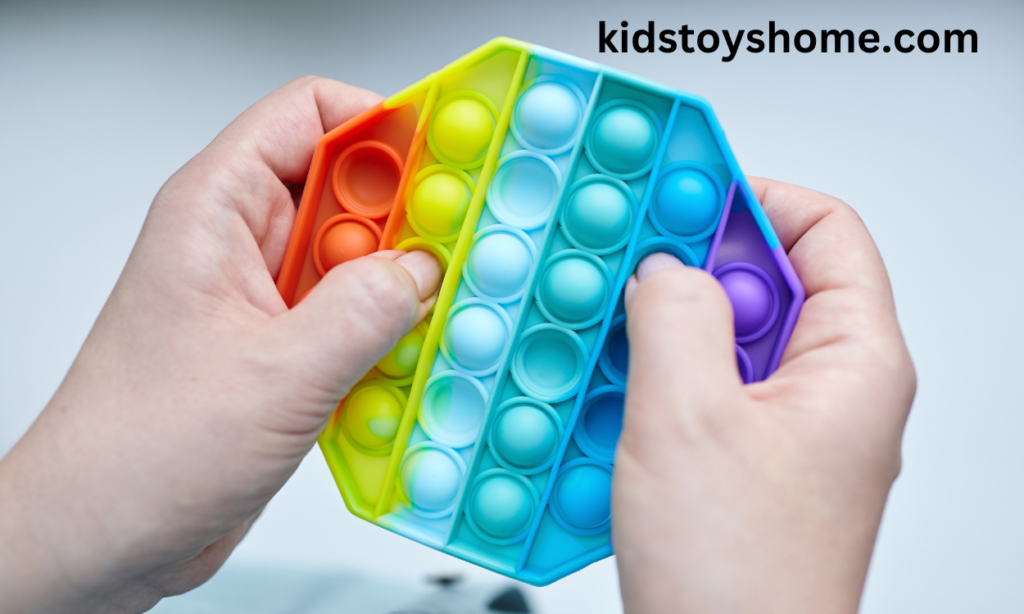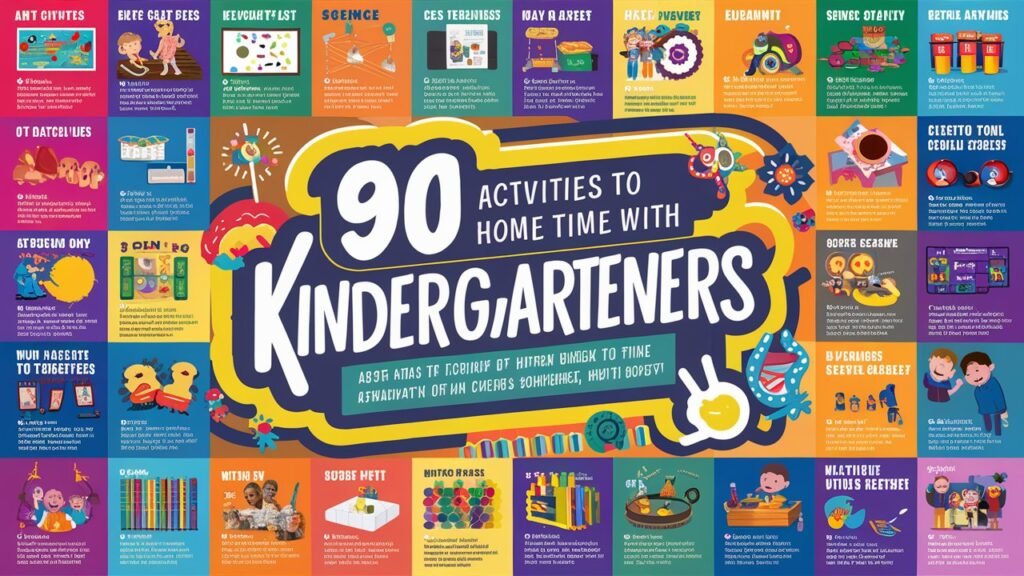Table shuffleboard is a lively game where players slide pucks down a long, smooth table, aiming to score points by landing in designated zones. Players take turns, trying to outscore each other by landing their pucks in higher-value areas or knocking the opponent’s pucks off. The game blends strategy and precision, making it an exciting challenge for all ages.
Are you ready to slide into the fascinating world of table shuffleboard? This comprehensive guide will take you from novice to near-pro, covering everything from basic rules to advanced strategies.
Whether you’re looking to dominate your local pub’s shuffleboard scene or aiming for tournament glory, you’ll find all the info you need right here. Let’s get shuffling!
The Allure of Table Shuffleboard

Table shuffleboard isn’t just pushing weights across a polished surface—it’s a game of skill, strategy, and social interaction that’s been captivating players for centuries.
A Brief History: From English Pubs to Modern Game Rooms
Table shuffleboard’s roots stretch back to 15th century England, where it was known as “shove-groat” or “slide-groat.” Aristocrats and commoners would slide coins down pub tables, aiming for the highest score. Fast forward to today, and you’ll find table shuffleboard in bars, game rooms, and even dedicated shuffleboard clubs across the globe.
Why It’s More Than Just Pushing Pucks
At its core, table shuffleboard is a game of precision and tactics. It’s easy to learn but difficult to master, making it perfect for casual play and competitive tournaments. The official shuffleboard rules add structure to the game, but it’s the subtle nuances and strategies that keep players coming back for more.
Setting Up the Battleground

Before you can start sliding, you need to know your battlefield. Let’s break down the essential components of a table shuffleboard setup.
The Perfect Table: Dimensions and Surface Secrets
A regulation shuffleboard table, as specified by the shuffleboard federation, is typically:
- 22 feet long
- 20 inches wide
- 30 inches high
However, tables range from 9 to 22 feet long, with the most common home tables being 12 or 14 feet long.
The playing surface is crucial. It’s made of hardwood, usually maple or oak, and coated with a high-gloss finish. This surface is then sprinkled with silicone beads, often called “shuffleboard wax” or “sand,” which reduces friction and allows the weights to glide smoothly.
Pucks and Their Peculiarities
In table shuffleboard, the pucks (also called weights) are:
- 2.375 inches in diameter
- 0.75 inches thick
- Weigh 11.5 to 15 ounces
Each player or team uses four pucks of the same color, typically red and blue.
Silicone Sprinkle: The Invisible Game-Changer
The silicone beads sprinkled on the table surface play a crucial role in the game. They:
- Reduce friction between the puck and the table
- Allow for longer, smoother shots
- Affect the speed and curve of the pucks
Proper application of silicone spray and beads is essential for fair play and is often regulated in tournament rules.
Mastering the Basics
Now that we’ve set up our table, let’s explore the fundamentals of table shuffleboard.
The Art of the Slide: Techniques That’ll Make You Look Pro
- The Grip: Hold the puck between your thumb and forefinger, with your other fingers resting lightly on top.
- The Stance: Stand sideways to the table, with your dominant foot slightly forward.
- The Release: Swing your arm smoothly, releasing the puck when your hand is level with the table edge.
“The key to a great shot is a smooth, controlled release. It’s not about power; it’s about finesse.” – Billy Mays, Professional Shuffleboard Player
Scoring Zones: Where Dreams Are Made (or Shattered)
The scoring zones on a shuffleboard table are divided as follows:
A "hanger" is a puck that's hanging off the end of the table without falling off—the holy grail of shuffleboard shots!
Knocking Off Opponents: Ruthless, but Oh So Satisfying
One of the most strategic aspects of table shuffleboard is knocking your opponent’s pucks off the table. This defensive play can dramatically change the score and is a key part of the shuffleboard table rules.
Scoring: It’s All in the Details
Understanding the scoring system is crucial for mastering table shuffleboard. Let’s break it down.
Breaking Down the Points System
- Only one player or team can score in each round.
- Points are awarded for pucks furthest down the table and still on the playing surface.
- Pucks must completely cross the foul line to be in play.
Hangers: The Holy Grail of Shuffleboard
A hanger is worth 4 points and occurs when a puck is hanging off the end of the table without falling. It’s the highest-scoring shot in the game and can quickly turn the tables in a match.
Winning a Round vs. Winning the Game: What’s the Difference?
- Winning a Round: The player or team with the furthest puck(s) down the table scores points for that round.
- Winning the Game: Games are typically played to 15 or 21 points, with some variations in league play.
Strategies That’ll Make Your Opponents Sweat

Now that we’ve covered the basics let’s dive into some advanced strategies that will elevate your game.
Defense: Because Sometimes the Best Offense is a Good Defense
- The Guard: Place a puck in front of your scoring pucks to protect them.
- The Block: Position your pucks to make it difficult for your opponent to slide past.
- The Clear: Remove all pucks from the scoring area to deny your opponent points.
The Knock-Off Shot: Timing is Everything
Mastering the knock-off shot is crucial in table shuffleboard. Here’s how to perfect it:
- Aim for the edge of your opponent’s puck
- Use just enough force to remove their puck without losing yours
- Practice different angles to increase your versatility
Reading the Table Like a Pro
- Observe how pucks react to different areas of the table
- Take note of any slight inclines or dips in the surface
- Adjust your shots based on the table’s quirks
Bump Shots: Gentle Nudges with Big Impacts
Bump shots involve lightly tapping your own pucks to improve their position. This technique requires a delicate touch and can be the difference between winning and losing.
Endgame Tactics: Finishing Strong When It Counts
As the game nears its end:
- Play more conservatively if you’re in the lead
- Take calculated risks if you’re behind
- Focus on defensive shots to protect your lead
Keeping Your Table in Tip-Top Shape
Proper Board Maintenance is crucial for fair play and the longevity of your shuffleboard table.
Cleaning Rituals: More Important Than You Think
- Clean the table surface daily with a microfiber cloth
- Use a specialized shuffleboard cleaner weekly
- Remove any debris or foreign objects immediately
The Wax Factor: Choosing and Applying the Right Stuff
- Use a high-quality shuffleboard wax or silicone spray
- Apply in a thin, even layer before each game
- Reapply as needed during long playing sessions
Surface Inspection: Catching Issues Before They Catch You
- Check for any scratches or dents regularly
- Address any imperfections promptly to maintain fair play
- Consider professional resurfacing every few years for heavy-use tables
Puck TLC: Storing Your Weapons of Choice
- Clean pucks after each use
- Store in a cool, dry place
- Check for chips or damage regularly
Shuffleboard Etiquette: Don’t Be That Guy (or Gal)
Good Player Conduct is essential for an enjoyable game. Here are some key points to remember:
Respect: It’s Not Just for Your Elders
- Treat your opponents and teammates with courtesy
- Avoid trash talk that crosses the line into unsportsmanlike conduct
- Adhere to the code of ethics set by your local league or the shuffleboard federation
Handling Equipment: Treat It Like It’s Yours (Even If It Isn’t)
- Handle pucks and equipment with care
- Report any damage to the table or equipment immediately
- Don’t lean on or sit on the shuffleboard table
Dispute Resolution: Keeping It Cool When Tensions Run Hot
- Remain calm and civil when disagreements arise
- Refer to the official rules or a neutral third party for resolution
- Accept official decisions gracefully
Turn-Taking: Fairness Is the Name of the Game
- Alternate who goes first in each frame
- Wait for all pucks to come to a complete stop before taking your turn
- Don’t distract your opponent during their shot
Advanced Techniques for the Serious Shuffler
Ready to take your game to the next level? These advanced techniques will set you apart from casual players.
The Rail Shot: Using the Edges to Your Advantage
The rail shot involves sliding your puck along the side rail of the table. This technique can help you:
- Navigate around blocking pucks
- Achieve more consistent shots
- Surprise your opponent with unexpected angles
Combination Plays: Setting Up Multi-Puck Moves
Combination plays involve using one puck to move multiple pucks into a scoring position. This advanced strategy requires:
- Precise control of speed and direction
- Good understanding of puck collision physics
- Strategic planning and foresight
Psychology of the Game: Getting Inside Your Opponent’s Head
The mental game is crucial in competitive shuffleboard. Consider these psychological tactics:
- Maintain a poker face, regardless of the shot outcome
- Vary your shot selection to keep opponents guessing
- Project confidence, even when you’re behind
Variations to Spice Up Your Shuffleboard Life
While traditional table shuffleboard is great, try these variations to keep things interesting:
Horse Collar: When Regular Shuffleboard Just Isn’t Enough
- Players must score exactly 51 points
- Going over 51 resets your score to 25
- Adds an extra layer of strategy to shot selection
Knock Off: A Faster-Paced Alternative
- All pucks are in play at the start
- Players take turns trying to knock off the opponent’s pucks
- The last player with pucks on the table wins
Target Practice: Honing Your Skills Solo
- Set up targets at various points on the table
- Practice hitting specific spots consistently
- Great for improving accuracy when playing alone
From Novice to Pro: Your Shuffleboard Journey
Ready to take your shuffleboard game beyond casual play? Here’s how to level up:
Local Tournaments: Where to Find Them and How to Prepare
- Check with local bars and shuffleboard clubs for tournament schedules
- Practice regularly leading up to the tournament
- Familiarize yourself with tournament rules and official calls
Online Communities: Connecting with Fellow Shuffleboard Enthusiasts
- Join shuffleboard forums and social media groups
- Share tips and tricks with other players
- Stay updated on league play and tournament opportunities
Pro Tips from Championship Players
- “Consistency is key. Practice your basic shots until they’re second nature.” – Emily Watson, 3-time National Champion
- “Mental game is just as important as physical skill. Stay focused and confident.” – Mark Thompson, World Shuffleboard Federation President
- “Always be aware of the table conditions. They can change throughout a match.” – Sarah Lee, Professional Shuffleboard Player
Frequently Asked Questions (FAQs)
What are the basic rules of table shuffleboard?
Players slide pucks down a table to land them in scoring zones. Points are awarded based on the puck’s position, and the player with the highest score wins the round.
How do you score in table shuffleboard?
Points are scored based on where pucks land in the designated scoring zones. Only the pucks farther down the table than any of the opponent’s pucks count.
What is a “hanger” in table shuffleboard?
A “hanger” is a puck that hangs over the edge of the table without falling off, typically scoring the highest points.
How many pucks does each player use?
Each player or team uses four pucks of the same color.
How is the winner determined?
The player or team with the most points at the end of a predetermined number of rounds or when reaching a set score wins the game.
Conclusion
Table shuffleboard perfectly combines skill, strategy, and social interaction. Whether you’re looking for a fun bar game or a competitive sport, shuffleboard has something for everyone. With its rich history, nuanced gameplay, and endless potential for improvement, it’s no wonder that table shuffleboard continues to slide into the hearts of players worldwide.
So, what are you waiting for? Grab some friends, find a table, and start sliding! Who knows, you might just discover your new favorite pastime. And remember, in the world of table shuffleboard. It’s not just about winning—it’s about the thrill of the perfect slide, the joy of good company, and the satisfaction of continual improvement.





